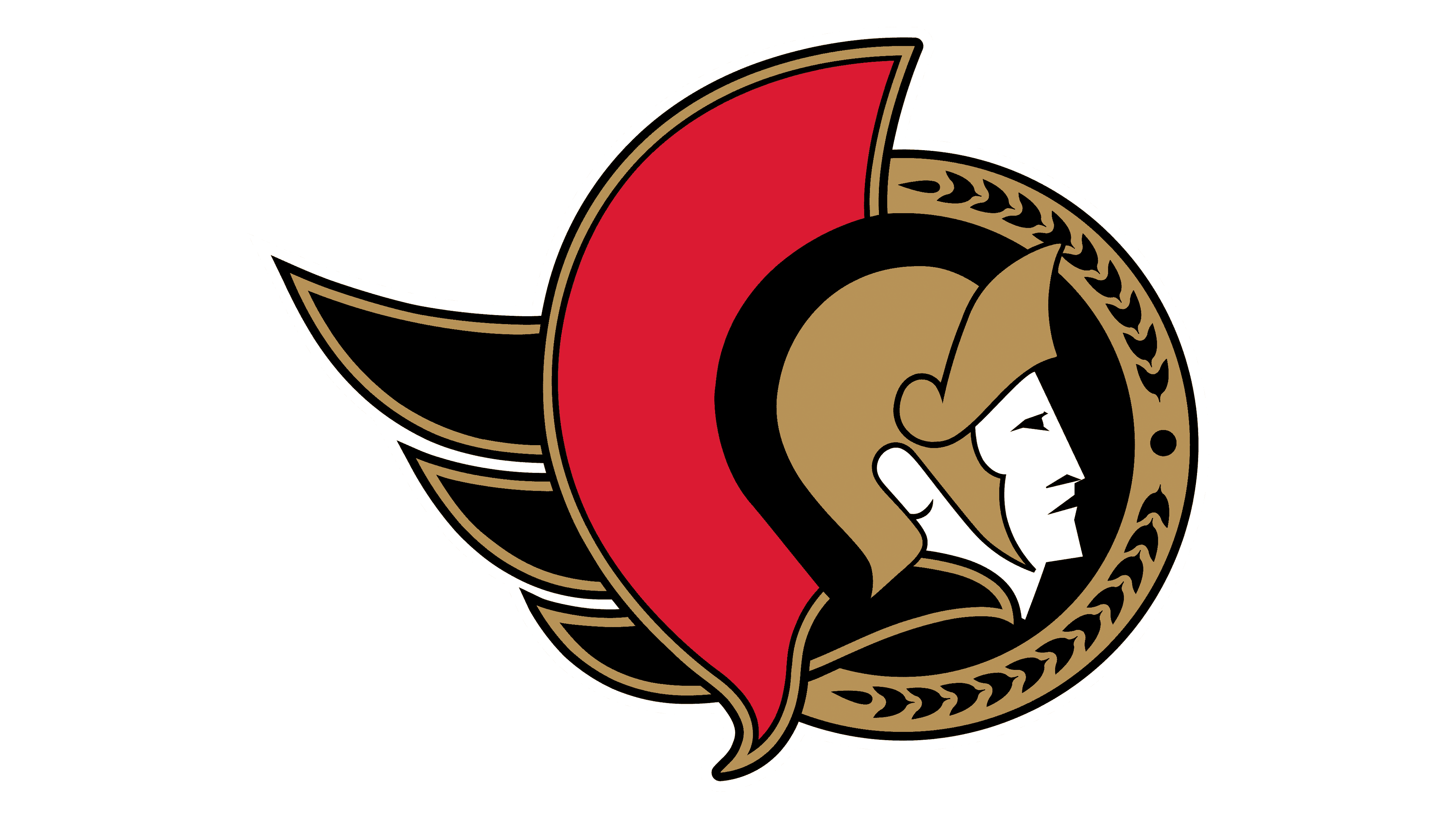Ottawa Senators Logo
Ottawa Senators is a professional ice hockey team based in Ottawa, Canada. Bruce Firestone founded the team. They were created to participate in the National Hockey League (NHL). Their creation brought professional hockey back to Ottawa after decades.
Meaning and history
The Ottawa Senators, a hockey team, were founded in 1883. Initially, they played as amateurs until turning professional in the 1900s. The team dominated early Stanley Cup challenges, winning several titles before 1927. However, financial struggles led to their relocation in 1934, marking the end of the original Senators.
The modern Senators returned to the NHL in 1992 as an expansion team. Early years were tough, with frequent losses. The team improved significantly by the late 1990s, making multiple playoff appearances. In 2007, they reached the Stanley Cup Finals but lost.
Since then, the Senators have faced ups and downs, with several playoff runs but no Cup victories. They continue to rebuild, focusing on young talent to regain their former glory.
What is Ottawa Senators?
The Ottawa Senators are a competitive ice hockey team in the NHL. Founded to revive Ottawa’s historical connection to top-tier hockey, they represent the city in high-stakes national competitions. Their games are major sporting events in Ottawa, showcasing top-level hockey talent.
1883 – 1917
The logo displays a stylized, abstract figure, predominantly red, with a dynamic and energetic form. Its contours suggest movement and agility, akin to a warrior or a swift athlete. The figure is fragmented yet cohesive, emanating a sense of action and purpose. It evokes a spirited essence, indicative of passion and drive. This emblem is striking, modern, and carries an air of competitive ferocity.
1917 – 1934
This emblem is a study in minimalist contrast: stark black, crisp white, and bold red. An oversized letter “O” dominates, its shape precise and uncluttered. Flanked by horizontal black bars, it creates a strong visual anchor, radiating a sense of balance and formality. This design shifts from abstract dynamism to geometric simplicity, embodying a sleek, contemporary aesthetic. It’s a distinct evolution in style, signaling a modern identity while maintaining a link to the heritage.
1992 – 1997
This logo transitions from stark simplicity to intricate symbolism. A Roman senator’s profile, adorned with a gold helmet, conveys a sense of nobility and strength. The color palette is expanded, introducing gold that signifies excellence and valor. Red still features prominently, symbolizing passion and energy. The circular backdrop and the wordmark “Ottawa Senators” frame the central figure, rooting the identity firmly within its community. This design marries tradition with vibrancy, encapsulating the team’s spirit and heritage.
1997 – 2007
The updated emblem refines its predecessor’s design, enhancing elegance and detail. The senator’s profile looks to the right, symbolizing forward movement and progress. His facial features are more pronounced, adding character and strength. The laurel wreath encircling the logo is more intricately patterned, suggesting honor and victory. The red backdrop has gained a sweeping motion, implying dynamism and speed. Black accents sharpen the design, giving it a modern edge. Overall, the logo presents a fusion of classical imagery with a contemporary twist, embodying the team’s evolving spirit.
2007 – 2020
This rendition of the logo brings a 3D perspective to the senator’s head, accentuating depth and realism. The helmet is more detailed, with defined segments and a highlighted crest. The profile is fuller, more lifelike, suggesting vigilance and resolve. Colors are richer, with added shadows and highlights, giving a robust, graphic punch. The laurel wreath is simplified, focusing the eye on the senator’s features. This design carries a stately gravity, a nod to both past and future.
2020 – Today
The logo returns to a flatter design, discarding the 3D effects previously added. The senator’s visage is now framed within a more prominent golden circle, echoing the laurel wreath’s curves. The red cape flows boldly behind him, symbolizing movement and dynamism. The black elements are sharper, contrasting strongly against the gold and red. The overall feel is one of classic strength, with a cleaner, more graphic quality. This design blends heritage with a clear, modern sensibility, ready for the future.

















